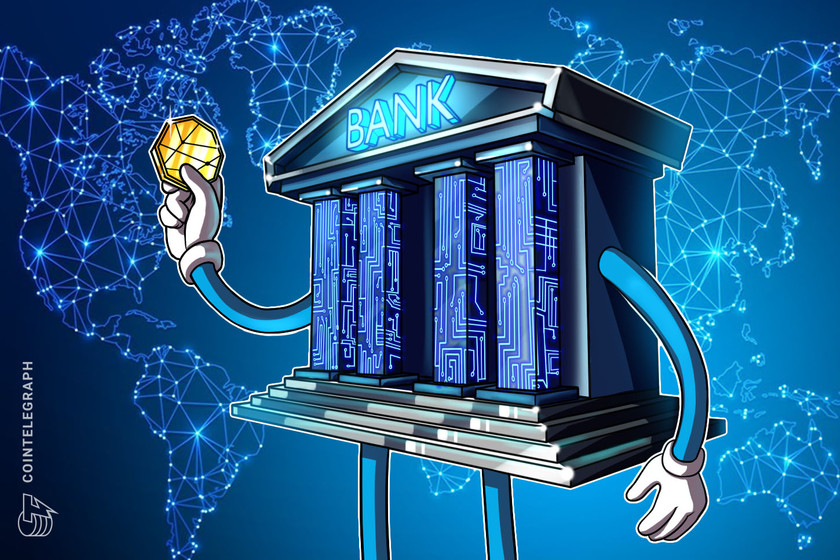Hong Kong believes stablecoin volatility can spillover to traditional finance


According to Hong Kong’s central bank, the interconnection of crypto assets has made the crypto ecosystem more vulnerable to systematic shocks.
The fall of crypto giants this year reignited questions about the stability of cryptocurrencies and their impact on fiat ecosystems. Hong Kong Monetary Authority (HKMA) assessed the situation and found that the instabilities of crypto assets, including asset-backed stablecoins, can potentially spill over to the traditional financial system.
The HKMA assessment on asset-backed stablecoins pointed out the risks of liquidity mismatch, negatively impacting their stability during “fire-sale” events. A fire sale event relates to a momentary price fluctuation when investors can purchase stablecoins cheaper than their market price — a phenomenon noticed during the Terra crash.
According to Hong Kong’s central bank, the interconnection of crypto assets has made the crypto ecosystem more vulnerable to systematic shocks. In addition, the increase in crypto exposure from financial institutions can be subject to knock-off effects from abrupt developments in cryptocurrency prices:
“The growing size of asset-backed stablecoins, together with their inherent risks, could make asset-backed stablecoins a potential magnifier of the volatility spillover from crypto to traditional financial assets.”
The flowchart shared by HKMA suggests that fluctuations in the price of asset-backed stablecoins could result in reserve adjustment by stablecoins. This is mainly driven by the assumption that the demand and supply of stablecoins can trigger volatility in their price.


The study also recalled the crash of Terra USD (UST), an algorithmic stablecoin issued by Terraform Labs, which had caused mass redemption of Tether (USDT). In this light, HKMA recommended standardizing regular disclosures that can help regulators inspects liquidity conditions and risks.
The second recommendation for regulators is to strengthen the asset-backed stablecoins’ liquidity management via restrictions on the composition of reserve assets.
Related: Could Hong Kong really become China’s proxy in crypto?
The Securities and Futures Commission of Hong Kong advised management companies looking to offer exchange-traded fund (ETF) offerings to “have a good track record of regulatory compliance,” among other requirements.
HKEX welcomes the SFC’s announcement today permitting the listing of ETFs with virtual assets as their underlying. This will support the continued growth of #HongKong as Asia’s premier #ETF marketplace, further strengthening Hong Kong’s role as an international financial centre. pic.twitter.com/zLRgAUV6iX
— HKEX 香港交易所 (@HKEXGroup) October 31, 2022
The SFC circular came as part of a policy update from Hong Kong’s government, which announced its readiness to engage with global crypto exchanges on regulatory issues.




















